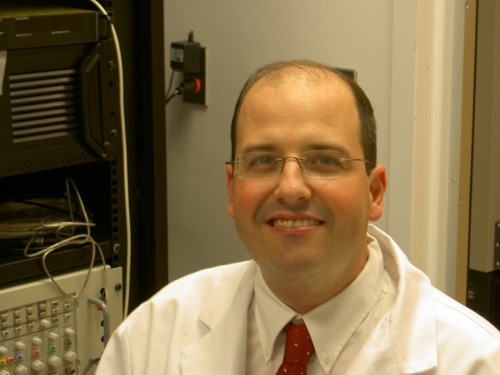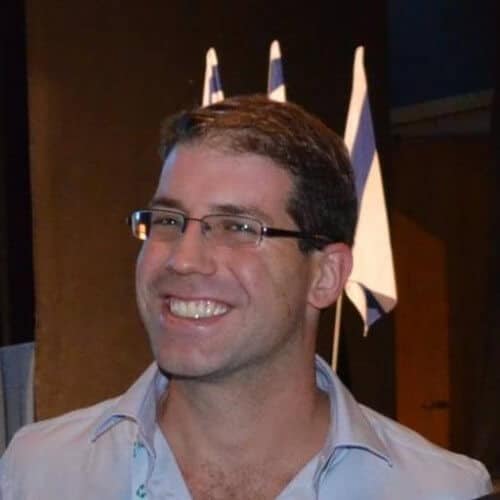The article, by researchers from the Technion and Mambam, was published in the journal Nature Biotechnology. However, as usual in basic research, there are still many hurdles to overcome on the way to human application, but at least there is promise here

Researchers at the Technion have developed a new approach to treating heart rhythm disorders using light. This is reported by the journal Nature Biotechnology. The research was carried out in the laboratory of Professor Lior Gapstein at the Faculty of Medicine and the Rappaport Research Institute at the Technion. Professor Gepstein is also the head of the cardiology department at the Rambam Medical Center.
Disturbances in the operation of the pacemaker cells, or in the electrical conduction system of the heart, may lead to a significant slowing of the heart rate and a disruption in the synchronization of the contraction action of the heart chambers. Since these conditions have negative medical consequences - weakness, dizziness, fainting, aggravation of heart failure and even the risk of death - have been developed over the years
Artificial heart rhythm interventions. The accepted way today is the implantation of an electrical pacemaker, which corrects the disturbed activity of the natural rhythm mechanism by means of electrodes inserted into different areas of the heart. However, the electrical pacemaker has many limitations: the risk of infection, the need for an invasive surgical procedure, limitations on the number of electrical wires connecting the pacemaker to the heart and their location, a possible decrease in heart function as a result of changing the electrical activation pattern, and significant limitations in transplants in children.
In view of these shortcomings, many researchers are working on the development of biological alternatives to the electrical pacemaker. This article describes the research examining the use of an optogenetic approach to treat heart rhythm disorders. The research was conducted by Dr. Udi Nosinowitz, as part of his PhD work in Professor Gepstein's lab at the Technion. These days, Nosinowitz serves as a physician-researcher specializing in Internal Medicine Department A at Rambam.

Opto-genetics is based on the use of light-sensitive proteins (such as the ChR2 ion channel derived from algae) that are not found naturally in the human body, for the purpose of activating or suppressing (similar to an electrical switch) the electrical activity of excitable cells (such as nerve or muscle cells) following exposure to light. The use of optogenetic methods resulted in a revolution in brain research, and the current study is the first case of using this approach for the timing and resynchronization of the heartbeat.
In the experiment, which was carried out in rats, the researchers first directed a beam of blue light to the area of the heart where the ChR2 protein was expressed and demonstrated the ability to correct the heart rhythm by illuminating the heart tissue at a variable frequency. Later, a more advanced experiment was carried out, in which the rat's heart was activated from several different centers at the same time using light, which resulted in a significant improvement in the synchronization of the contraction of the heart chambers.
Professor Gepstein emphasizes that this is a preliminary study, and that "in order to translate the aforementioned approach to the clinical level, we must overcome several significant obstacles. We must improve the introduction of light through the tissues, ensure continuous expression of the protein in the heart for years, and develop a unique rationing device that will provide the necessary lighting. But despite all this, the results of the study demonstrate the great potential inherent in optogenetic methods as a replacement for the electrical pacemaker as well as a means of synchronizing the contraction of the heart chambers in the case of heart failure."
